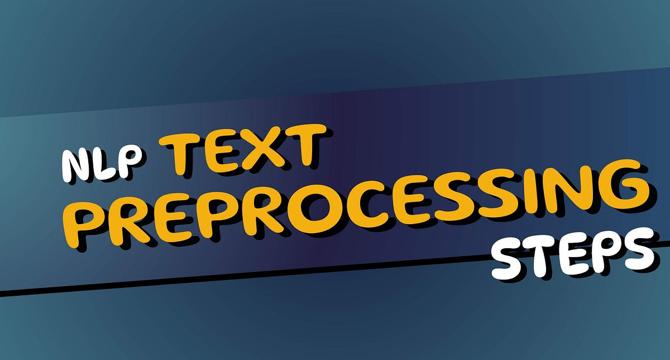Medium
1M
360

Image Credit: Medium
Ultimate Guide to NLP: Tokenization, Stemming, Lemmatization, Stop Words, POS Tagging, and Named…
- Natural Language Processing (NLP) helps machines understand, interpret, and manipulate human language by applying text preprocessing techniques.
- NLP is used in chatbots, virtual assistants, search engines, sentiment analysis, healthcare, finance, legal sectors, machine translation, and more.
- Tokenization breaks text into smaller, meaningful units (tokens) for machine analysis in tasks like feature extraction and input representation.
- Stemming normalizes words by reducing them to their root form but may lead to inaccuracies compared to lemmatization.
- Lemmatization reduces words to their base form considering context and grammatical structure using vocabulary databases like WordNet.
- Stop words, common but insignificant words, are removed during text preprocessing to focus on more meaningful words for NLP tasks.
- Part-of-Speech (POS) tagging assigns word categories like noun, verb, etc., aiding in syntactic analysis for NLP applications.
- Named Entity Recognition (NER) identifies and classifies proper names and entities in text, crucial for extracting structured information.
- NER helps in chatbots, search engines, medical research, and more by analyzing context and accurately recognizing entities.
- Mastering NLP techniques in Python enhances text processing efficiency, enabling better insights and language-driven AI solutions.
Read Full Article
21 Likes
For uninterrupted reading, download the app